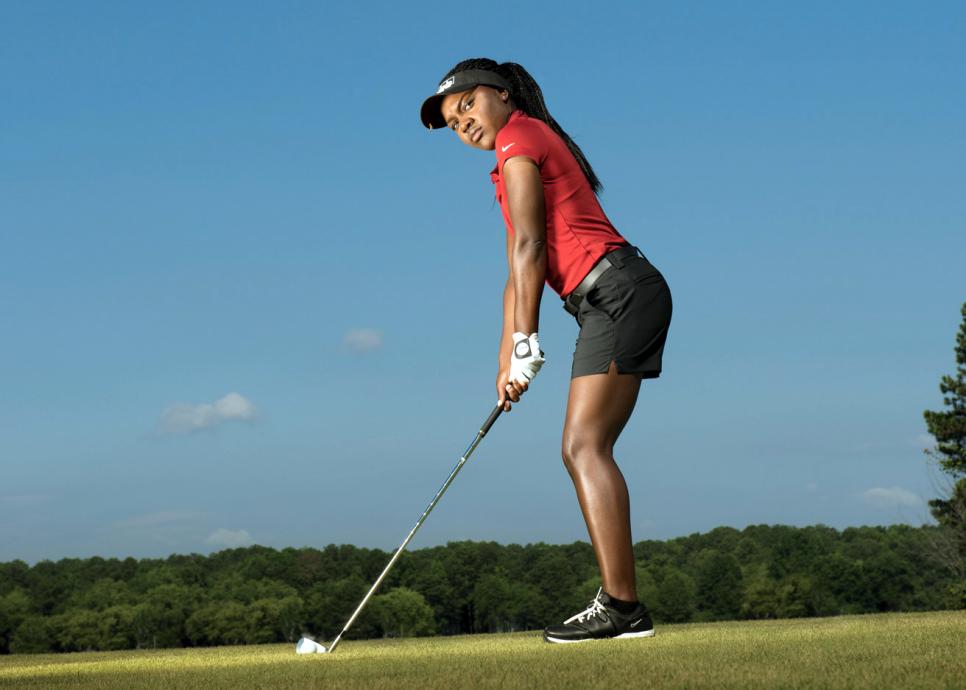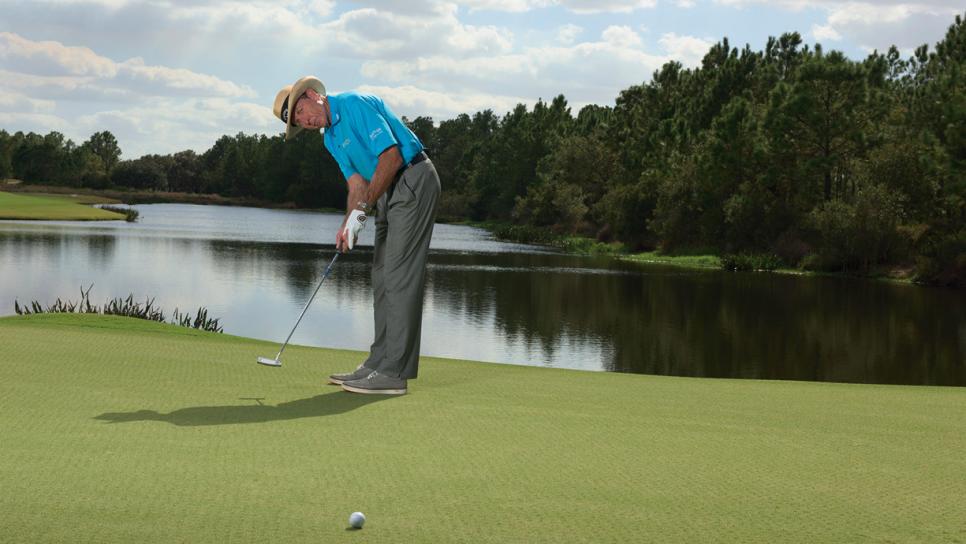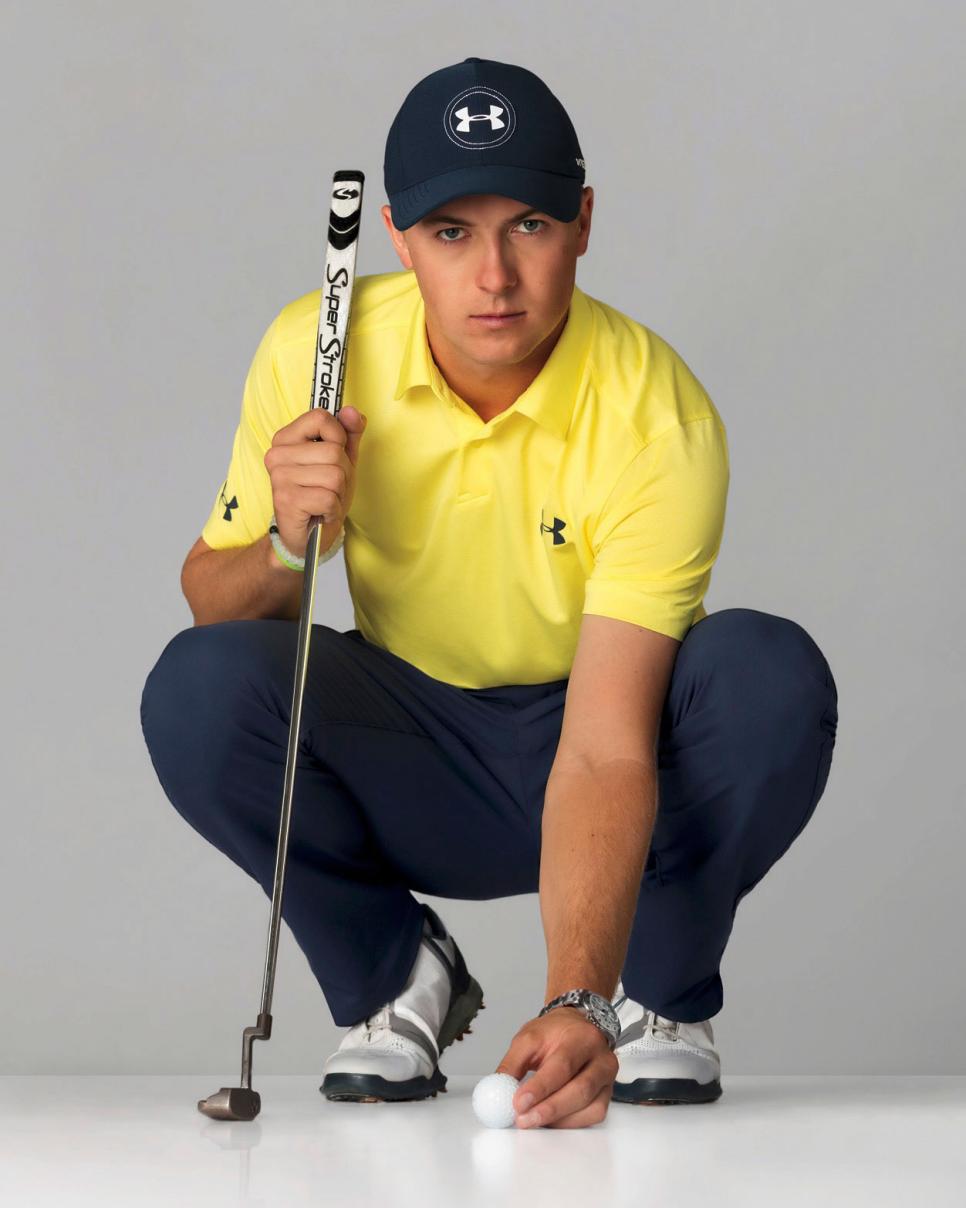We publish a lot of golf instruction content with the hopes that you'll find something—a thought, a drill, a tip—that resonates with your game and helps you improve. Since it's the very end of the year, we decided to go through all of the instruction pieces we published in 2017 to find the 10 stories that were most popular. A lot of people loved these tips; maybe you'll find what you're looking for in one of them, too.

The No. 1 issue with chipping is making solid contact. Why? Because the club's not moving fast enough to keep going if you hit the ground—you chunk it halfway there. And if you catch the ball thin, it skips over the green. Contact is everything. Solid strikes come from getting the low point of the downswing to happen in the right spot. You want it to be at the ball or slightly in front of it so you hit the ball first, then brush the turf.
You’ll notice Rory has a glove tucked under his left armpit. This is a classic drill that you may have seen on the range before. You can use anything, really: glove, headcover, towel. We talked to Jason Guss, one of our Best Young Teachers out of Hawk Hollow in Bath, Mich. According to Guss, this drill has multiple purposes.
Korda is setting up to the ball, but there’s another ball set a couple inches behind the ball she’s about to hit. At the start of her takeaway, she pushes that second ball back a few inches with the back of her club. The purpose is to keep the clubhead low and slow.

Dom Furore
Some golfers hate practicing, but one thing we've learned is that the range—not the golf course—is where your swing gets better. You might be able to make small adjustments mid-round and play OK, but any real improvements come from practice.

Photo by J.D. Cuban
Ten players on the PGA Tour made every putt from three feet and in last year. Ryan Palmer never missed in 829 attempts. A big reason these guys are automatic from this range is that they stick to a fundamentally sound routine. This gives them great confidence that the ball should go in. So if you want to make all the short putts, follow this four-step routine.

If you’re into working on your game in your backyard, we’re guessing you’ve limited yourself to chipping. And that’s fair; no need to smash golf balls through your neighbors’ windows. But this drill that Jason Guss, one of our Golf Digest Best Young Teachers, gave us for your backyard lets you pull out driver.

Walter Iooss Jr.
When you walk around a practice green on the PGA Tour, there is a way to tell right away who's putting great. You can see everything in the finish. Guys who are putting awesome accelerate through the ball, so the putter-head and the lead shoulder finish low and forward. Even on soft, short putts, an assertive stroke is immediately recognizable.

Matt Roberts/Getty Images
You may know that one of the keys to having a good short game is having the ability to hit the ball higher with more spin in some situations, and lower with less spin in other situations. But knowing that you want to manipulate ball flight is completely different than actually being able to do it. Here's how you can pull it off.

Illustrations by Todd Detwiler
As the data shows, there's a significant difference between how much high-handicap players tilt and what tour players do. It's one of the most direct relationships between body position and scoring measured from the 90 million swings GolfTEC has collected.

Photo by Dom Furore
Here's an exercise to do that shocks many golfers. Stand behind the ball and sight the middle of the fairway through an object, like the ring being held up on the right. Then take your setup and have someone move the ring until you see the fairway through it again—that's the one on the left. Go back behind the ball, and see the difference.